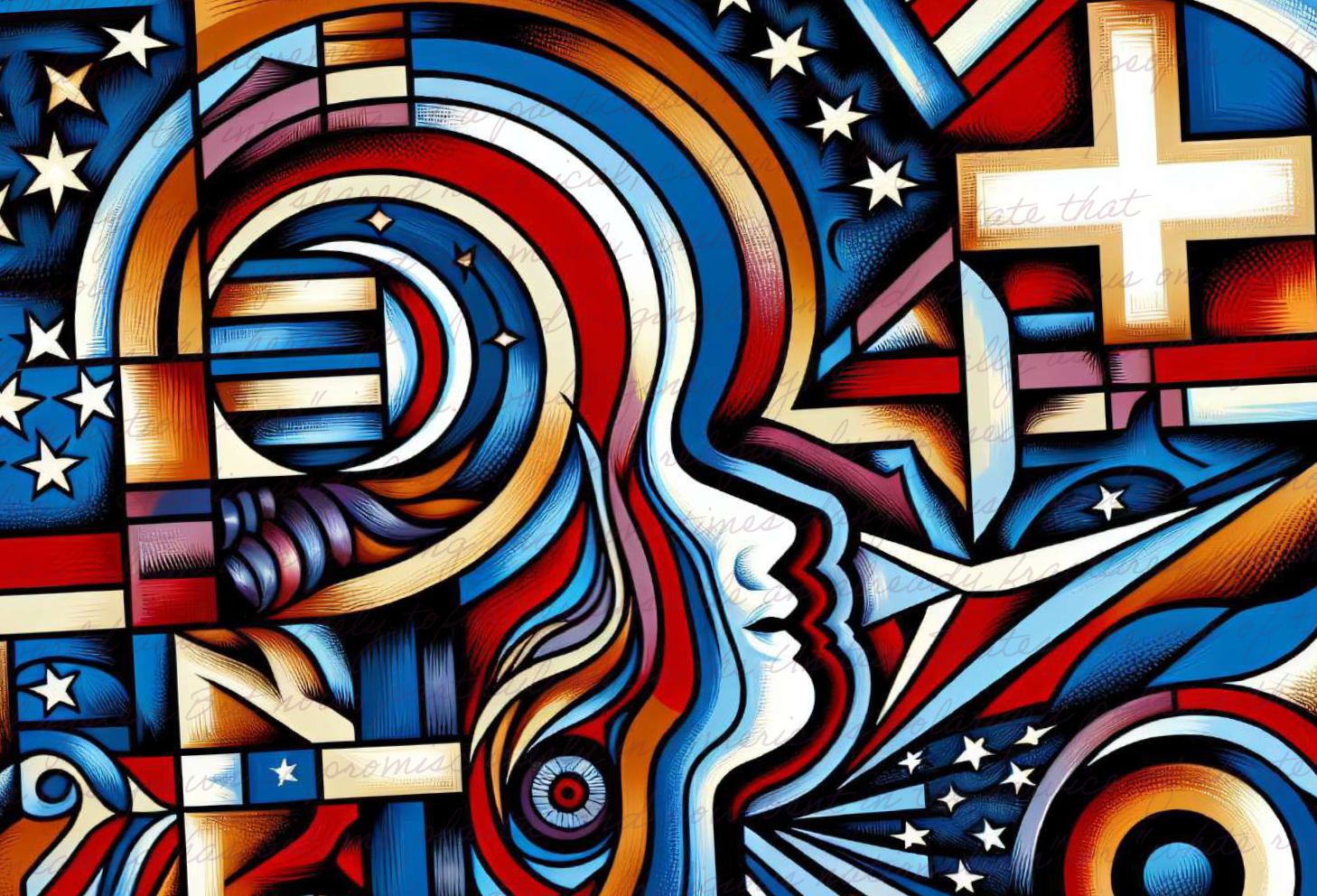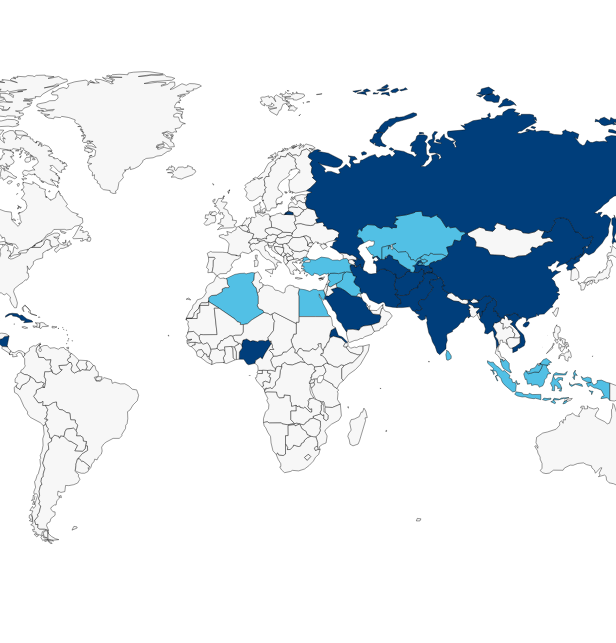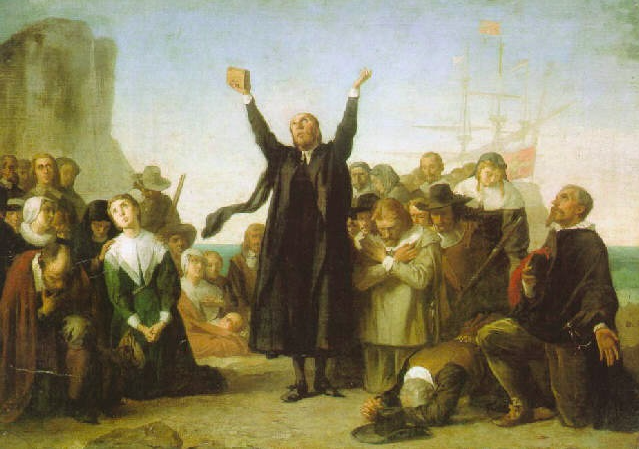This Cornerstone Forum series, in which this article is the second, is published under RFI’s Freedom of Religious Institutions in Society (FORIS) Project. FORIS is a three-year initiative funded by the John Templeton Foundation to clarify the meaning and scope of institutional religious freedom, examine how it is faring globally, and explore why it is worthy of public concern. This series aims to address the second project focus — i.e., examining how institutional religious freedom is faring globally — through articles that delve into political, legal, and social conditions affecting religious institutions in a particular country.

At the time of Pakistan’s creation in August 1947 as a homeland for South Asia’s Muslims, its projected population was 23 percent non-Muslim. The share of non-Muslims in Pakistan’s population has since fallen to around three percent. Pakistan’s restrictions on religious freedom have, over the years, prompted massive migration of non-Muslims to India and other countries.
Pakistan’s founding fathers may not have envisioned their new country as a theocracy or even as exclusively for its Muslim majority but Pakistan ended up being dominated by the idea that the majority’s religious beliefs must prevail through law. The outdated notion of cuius regio, eius religio (whose realm, his religion), set aside by the progress of religious freedom in the West, seems to have reincarnated itself in the state of Pakistan.
Pakistan’s constitution describes the country as an Islamic Republic. Various Pakistani leaders, many of them military dictators, have interpreted the meaning of an Islamic republic differently throughout the 72 years of Pakistan’s existence as an independent state. Unfortunately, they have consistently failed to protect Pakistan’s non-Muslim minorities in accordance with the Universal Declaration of Human Rights.
Furthermore, the distinctions among Muslim denominations have become far more accentuated over the years. Muslim groups such as the Shias, who account for approximately 20–25 percent of Pakistan’s Muslim population, are often targeted by violent extremists. Ahmadis, barely one percent of the Muslim population, have been declared non-Muslim by the writ of the state.
Pakistan’s descent into a state of religious intolerance began when, in 1949, the Constituent Assembly declared the objective of Pakistan’s constitution to be the creation of an Islamic state. “Islamization” under the military rule of General Zia-ul-Haq (1977-1988) led to the mobilization of armed militias and terrorist groups—some enjoying state sponsorship—trying to impose their respective versions of Islam by violent means.
Soon after independence, Pakistan’s founder Muhammad Ali Jinnah laid out a comprehensive statement of the principles for Pakistan’s future constitution in a speech before the Constituent Assembly on August 11, 1947. It declared the equality of all citizens before the law, regardless of their faith, and separation between religion and state, stating clearly that the two should not mix. But Pakistan’s public discourse paid little attention to secular principles.
The first few months after Pakistan’s Independence witnessed mass expulsion of Hindus from Pakistan. By 1953, the resentment against Hindus was supplanted by antagonism toward the Ahmadiyya, a sect that considered themselves Muslim, but whose acceptance of a 19th century prophet or messiah, Mirza Ghulam Ahmad, led to their excommunication by clerics of other Muslim sects.
The anti-Ahmadi protestors made demands that would be rejected by most modern, democratic states for their impracticality. They were asking the government to decide, by law, who could or could not be part of a specific religious community, and then to discriminate officially against adherents of one religious sect. Conceding these demands would set an alarming precedent. The protestors would invariably demand the state to determine the acceptability of other sects as Muslims down the road.
The 1973 constitution declared Islam as the “State religion of Pakistan” and stated that “no law shall be enacted which is repugnant to such Injunctions.” Its promise that “adequate provision shall be made for the minorities freely to profess and practice their religions and develop their cultures” was compromised by other aspects of the basic law.
For instance, the constitutional proviso that attempted to define “Muslim” in Article 260 transformed a theological issue into a question of law. The language of the second amendment of the constitution put the Ahmadis in a religious predicament, effectively depriving them of their freedom of religion.
It took almost two decades for the government to decide the issue, and the Ahmadis were officially declared non-Muslim in 1974 through an amendment to the Pakistani constitution.
The loss of East Pakistan, which became Bangladesh after a civil war in 1971, had reduced the number and impact of non-Muslim minorities in the country but now the dominant Muslim sect could target other sects within Islam. Clerics soon started drumming up support for subjecting Shias to proscriptions similar to the ones they had successfully imposed on Ahmadis.
Their faith obligated Ahmadis to insist that they were Muslims, even though some of their beliefs were different from those of other Islamic denominations. The constitution described them as non-Muslims, and they would be breaking the law if they stated Islam as their religion on government documents in accordance with their faith.
The government made it obligatory for all passport and mandatory national identity card applicants to sign a declaration before being identified as Muslims. The declaration described the founder of the Ahmadiyya faith as an imposter, something no Ahmadi would be willing to do to get a passport or national identity card as a Muslim. But accepting a passport or national identity card that described them as non-Muslim violated the tenets of the Ahmadi religion.
Moreover, General Zia issued a presidential ordinance in 1984 that barred Ahmadis from describing their places of worship as a mosque or masjid, calling the azan (or call to prayer), and using any terms or practices special to Muslims. This ordinance resulted in prosecution of Ahmadis for greeting someone with “As Salam Alaikum” – the Muslim term of greeting.
Even though such legislation was unprecedented in Islamic juridical history, Pakistan’s Supreme Court upheld the ordinance, arguing that Ahmadis needed to be prohibited from “posing as Muslims” because they had not accepted the obligation to call themselves non-Muslims under the constitution. The judges claimed that a threat to law and order had been created by the hostility of Muslims to Ahmadis, requiring legislation that would placate the majority’s sentiments.
In addition to laws targeting the Ahmadiyya community, Pakistan also has the world’s most sweeping blasphemy laws. In October 1990, the country’s highest Islamic court held that “the penalty for contempt of the Holy Prophet . . . is death and nothing else.” The government of Pakistan changed the law to reflect the court’s will. The mandatory death penalty for blasphemy or insult to Islam’s Prophet has, over the years, resulted in thousands of blasphemy allegations, mainly targeting religious minorities.
Blasphemy complaints are sometimes made to twist the arms of a business rival, to settle a score with a neighbor, or even to punish someone who spurned an unwanted sexual advance.
Between 1987 and 2012, Pakistani authorities prosecuted 1,170 individuals for blasphemy. That number has only increased over the years and, as of May 2019, over 200 Pakistani Christians were in prisons across Pakistan facing charges of insulting Islam or its Proph
et.
In sum, Pakistan’s legal regime denies or interferes with the practice of minority faiths, making religious minorities targets of both legal and social discrimination. The result has been an upsurge in organized violence against religious minorities.
Although sectarian terrorism has subsided since 2017, there was a time not long ago when terrorist attacks on mosques and churches caused massive casualties. Hindu temples, Christian churches, and mosques of minority Muslim sects depend for protection on the willingness of Political authorities and law enforcement officials. Reports of vandalism or physical threats are not always acted on and, in some instances of mob violence targeting the property of religious minorities, police have been known to stand aside, giving the mob free rein. In 18 months in 2012 and part of 2013, some 1,800 casualties, including more than 700 deaths, were reported from 200 incidents of sectarian violence.
The term “Pakistan” is often translated as “Land of the Pure.” Its history of 72 years demonstrates how the search for purity in an “Islamic Republic” has become a nightmare for religious minorities, the religious majority, and their institutions. After the forced migration of most Hindus and Sikhs soon after independence, the legal battle against Ahmadis, the blasphemy charges against Christians, and the terrorist attacks on Shias, a 97 percent Muslim Pakistan is still not sufficiently pure for its extremist Sunni leaders.
Endnotes
[1] Kingsley Davis, India and Pakistan: The Demography of Partition, Pacific Affairs, Vol 22, No 3, September 1949, pp 254-264; O.H.K. Spate, Geographical Aspects of the Pakistan Scheme, The Geographical Journal, Vol 102, No 3, September 1943, p 135; O.H.K. Spate, Partition of India: The Prospects of Pakistan, Geographical Review, Vol 38, No 1, Jan 1948, pp 5-29, including p 17.
[2] See Faisal Devji, ‘Muslim Zion -Pakistan as a Political Idea’ (London, Hurst and Company, 2013).
[3] M. A. Jinnah’s speech, August 11, 1947, in Constituent Assembly of Pakistan Debates, vol. 1.
[4] ‘Riots Sweep Punjab Capital,’ The New York Times, August 14, 1947, https://www.nytimes.com/1947/08/14/archives/riots-sweep-punjab-capital-mob-stones-gandhis-house-rioting-sweeps.html.
[5] ‘Report of the Court of Inquiry constituted under Punjab Act II of 1954 to enquire into the Punjab Disturbances of 1953,’ (Lahore, printed by the Superintendent Government Printing, Punjab) https://archive.org/details/The1954JusticeMunirCommissionReportOnTheAntiAhmadiRiotsOfPunjabIn1953/mode/2up.
[6] 1973 Constitution of Pakistan, http://www.pakistani.org/pakistan/constitution/.
[7] 1973 Constitution of Pakistan, http://www.pakistani.org/pakistan/constitution/.
[8] Second Amendment of the Constitution of Pakistan, September 1974, http://www.pakistani.org/pakistan/constitution/amendments/2amendment.html.
[10] “Pakistan: Human Rights after Martial Law, Chapter VIII: Rights of Religious and Other Minorities,” International Commission of Jurists’ 1987 report, Geneva, 98–105.
[11] “Pakistan: Blasphemy Charges against Ahmadis” (London: Amnesty International, April 1994).
[12] Ibid.
[13] https://www.foxnews.com/world/second-christian-woman-asia-bibi-blasphemy-pakistan.
Farahnaz Ispahani is a Global Fellow at the Woodrow Wilson Center for International Scholars in Washington, D.C., and a Senior Fellow of the Religious Freedom Institute. She is the author of Purifying The Land of The Pure: The History of Pakistan’s Religious Minorities (Oxford Univ. Press, 2017). A former Pakistani politician, Ms. Ispahani served as a Member of Parliament and Media Advisor to the President of Pakistan from 2008 to 2012.
All views and opinions presented in this essay are solely those of the author and publication on Cornerstone does not represent an endorsement or agreement from the Religious Freedom Institute or its leadership.
THE RFI BLOG

Myths of Religious Nationalism in America and Abroad

France’s Olympic Hijab Ban Violates International Law And Exacerbates Tensions

RFI Briefs USCIRF on Lessons from 25 Years of U.S. Designating Religious Freedom Violators

Thought Police: Protecting the People from Prayer

A Religious “Delaware”: Establishing a State Haven for Religious Corporations
CORNERSTONE FORUM

Challenges to Religious Freedom in Iraq and the Critical Need for Action

Public Bioethics & the Failure of Expressive Individualism

Religious Liberty in American Higher Education

Scotland’s Kate Forbes and the March of Secularism

